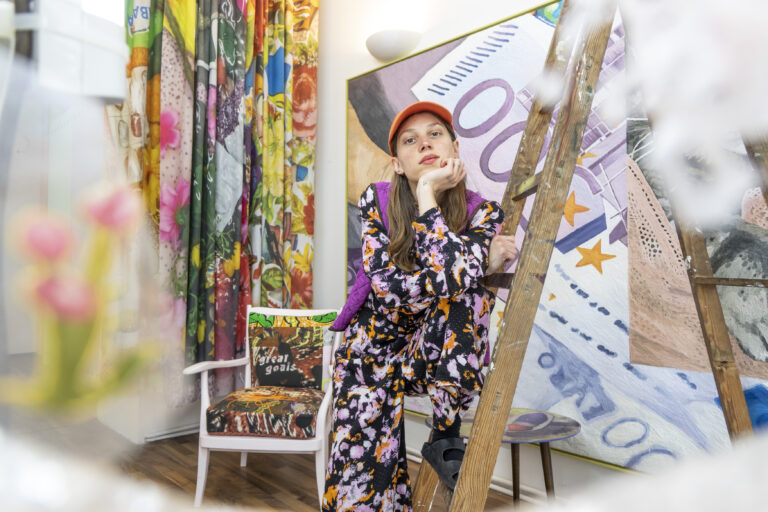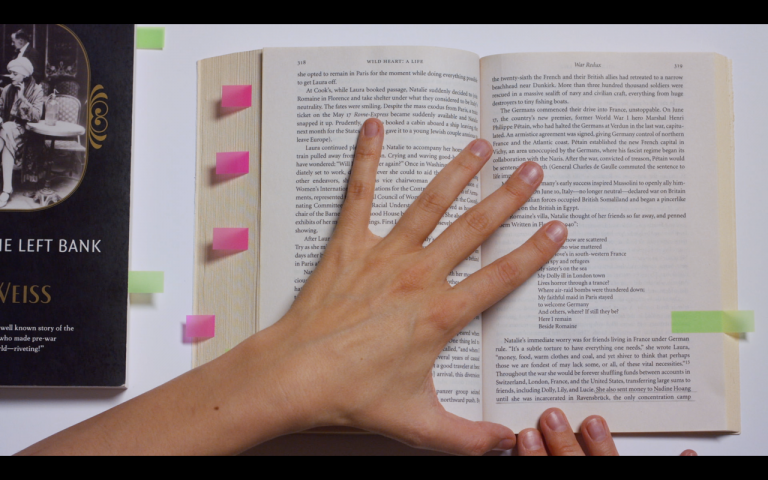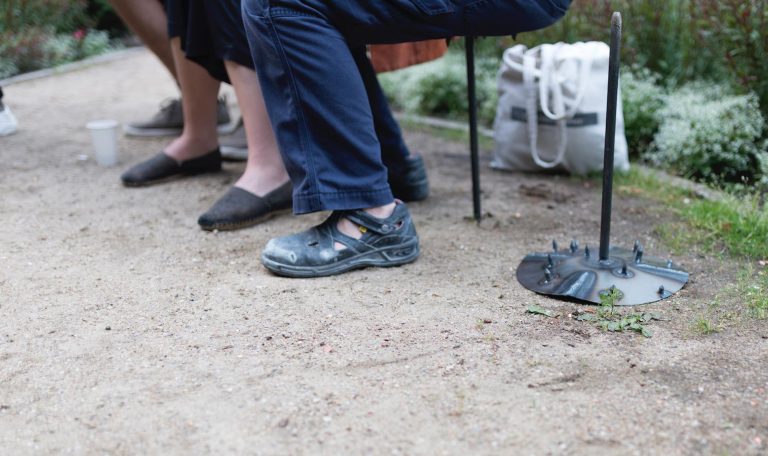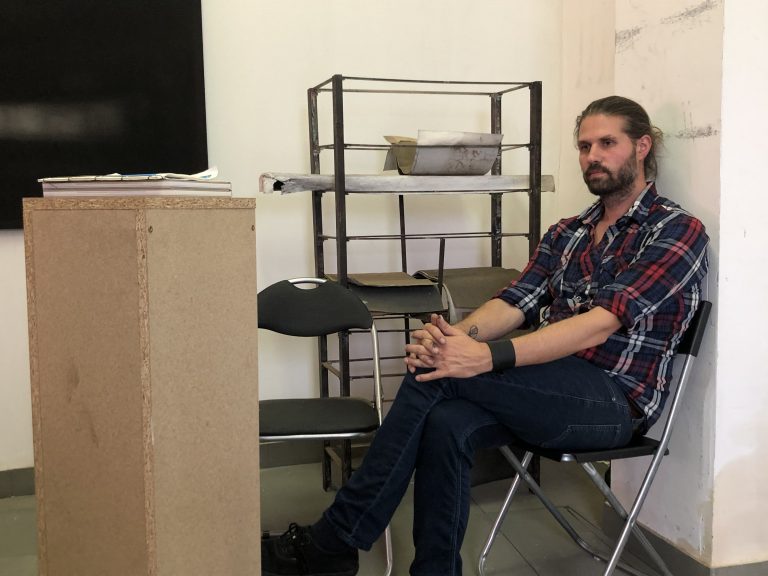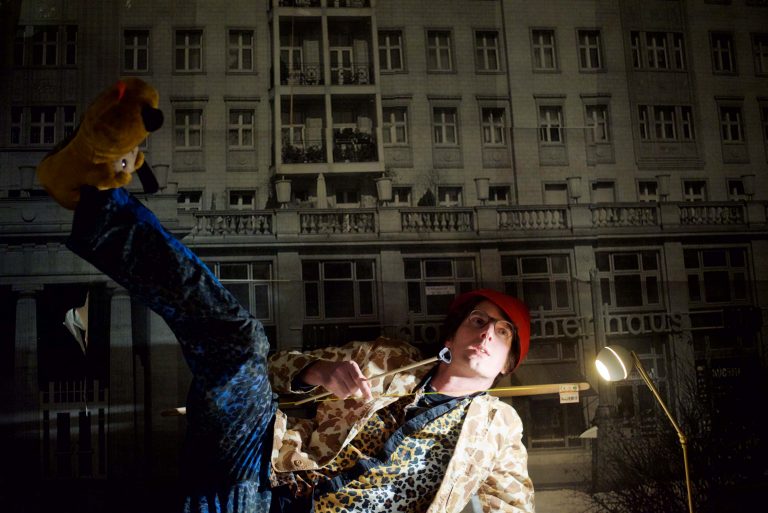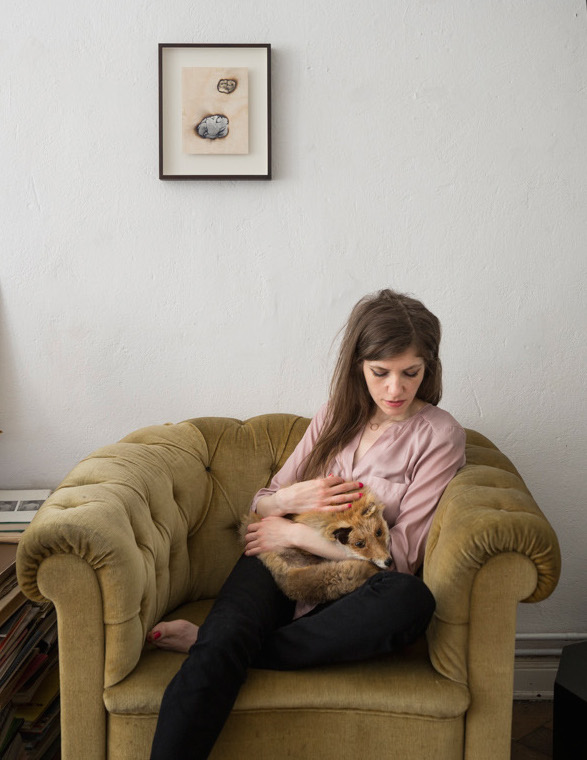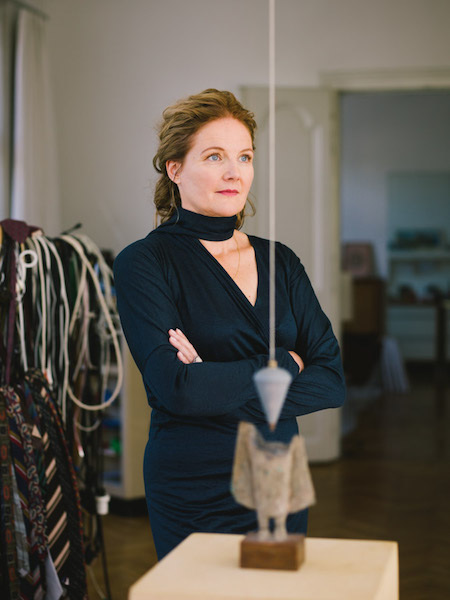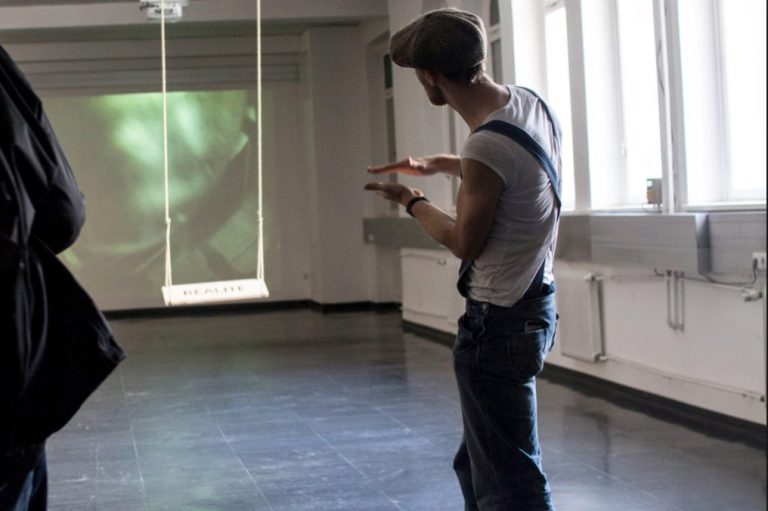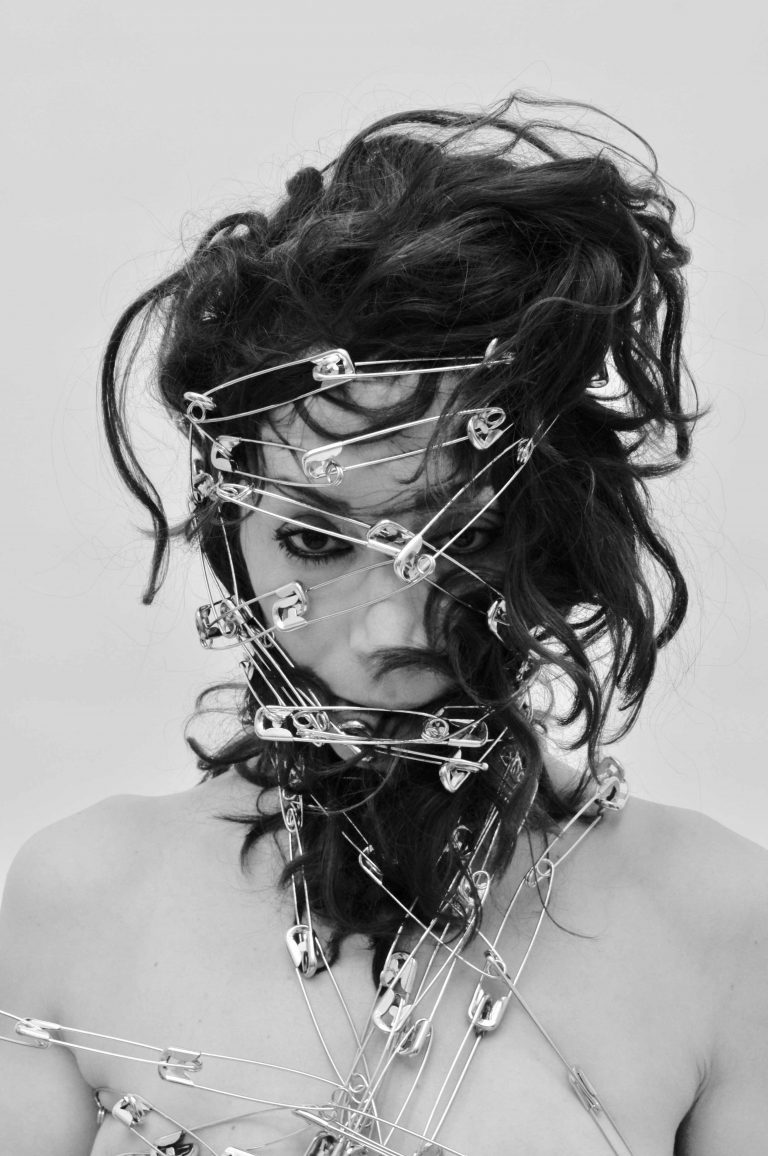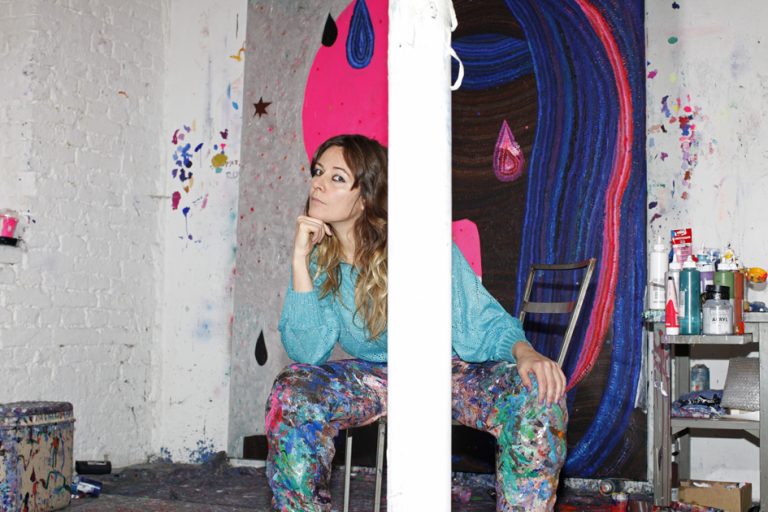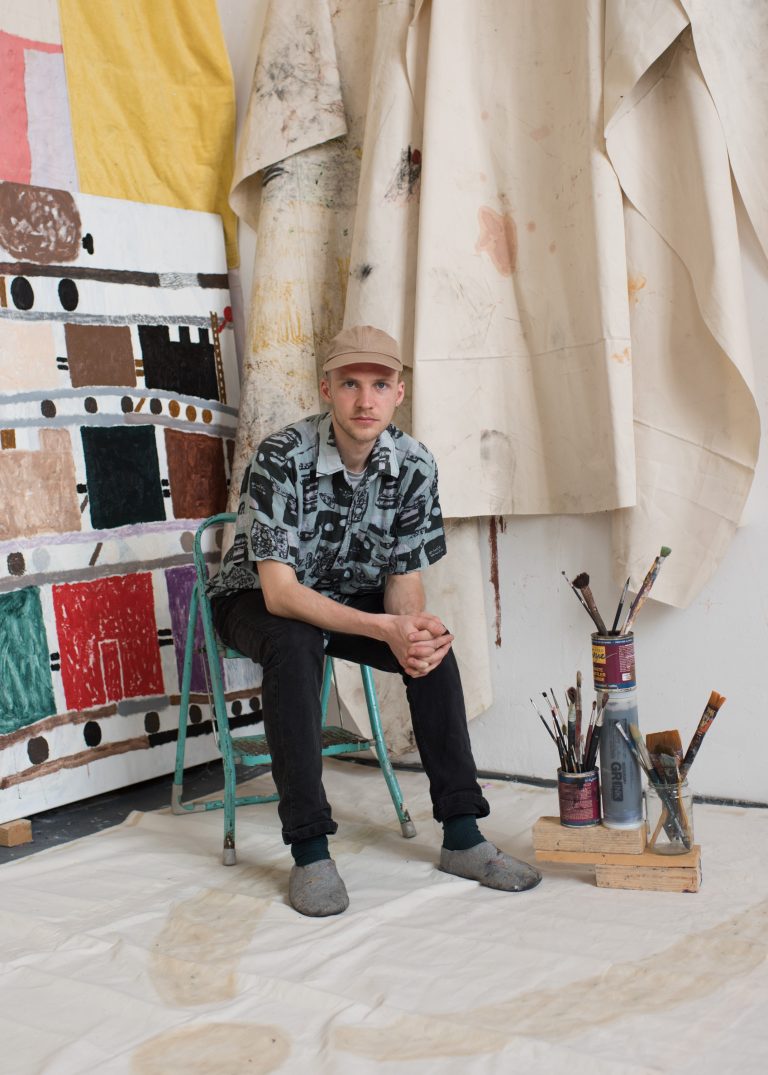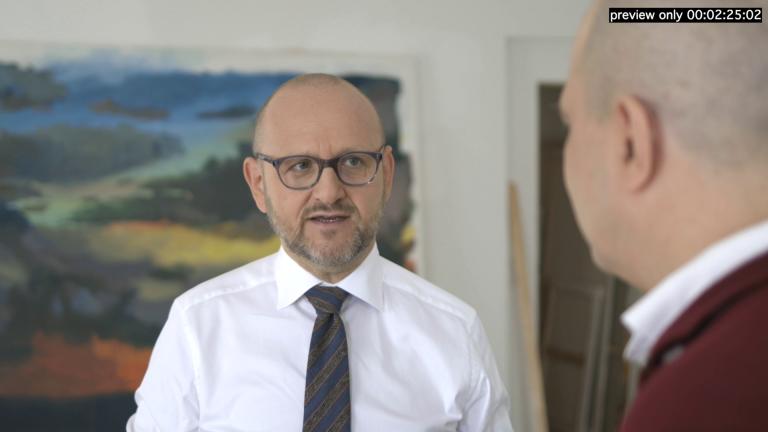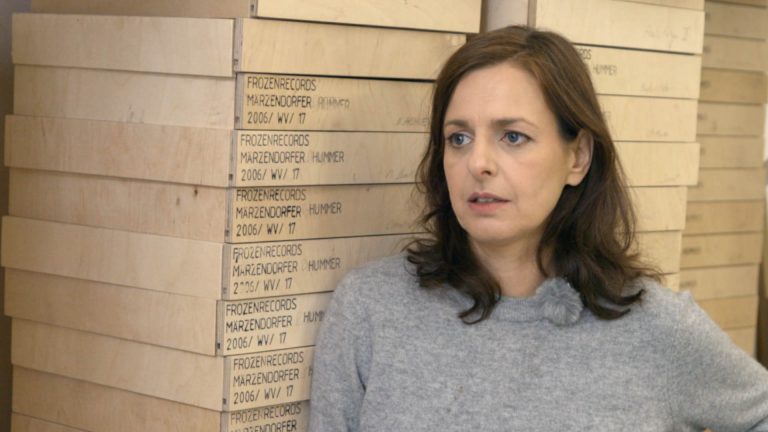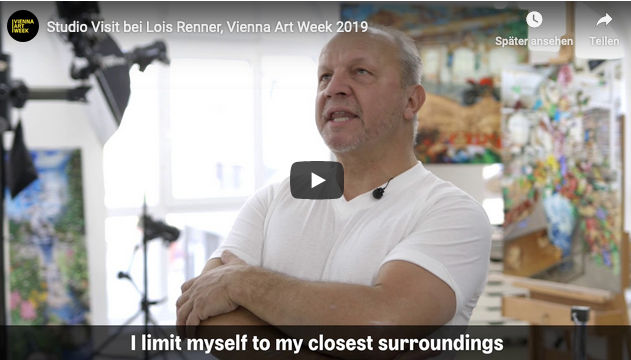Ezgi Erol
In cooperation with studio das weisse haus.
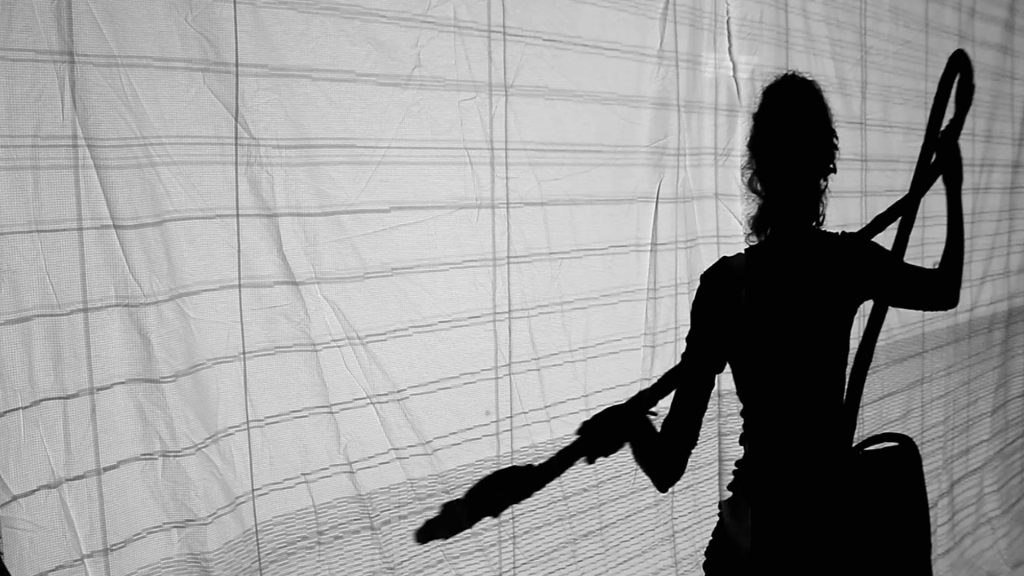
Ezgi Erol, Self-Intersecting
Ezgi Erol is part of the Akademie der Bildenden Künste Wien Studio Program 2020 and a participant in the Open Studios during Vienna Art Week. We met in her studio at the Creative Cluster for a conversation about her work, which spans sociology, video, performance, research, editorial and curatorial work, with a focus on areas including intersectionality, diaspora and migration.
The trans-disciplinary focus of her practice, she says, is a necessary element: “I first began my Master’s in sociology, but I started to feel like something was missing. Then I began conceptual art practice at the Academy in Vienna, but felt that that the sociological aspect and research focus were missing. For me, it is very important to do different things – sociology, art, editorial, curatorial work. They are all happening in parallel.”
These parallel interests certainly come through in works such as ‘Self-Intersecting’ (2015). In thinking about the theme of Vienna Art Week, ‘Living Rituals’, Erol chose to share this black-and-white experimental video performance, which revolves around language and the function of an everyday household appliance: the vacuum cleaner.
Everyday household cleaning rituals, and the instruments we use to carry them out, have frequently been taken up as a subject in art to interrogate notions of private space, domesticity, and issues of gender, race, body and labor. Though it doesn’t take cleaning as its subject, Erol also cites Martha Rosler’s ‘Semiotics of the Kitchen’ (1975) – which presents a parody of television cooking shows in a critical approach to domestic labor and oppressive gender roles. Though Rosler’s work is perhaps similarly concerned with language and systems of signs, Erol’s video performance is more abstract. The rhythmic sounds of a vacuum cleaner can be heard alongside a voiceover that recites instructions and safety guidelines for its operation, as a shadow figure wields the vacuum within an imagined space.
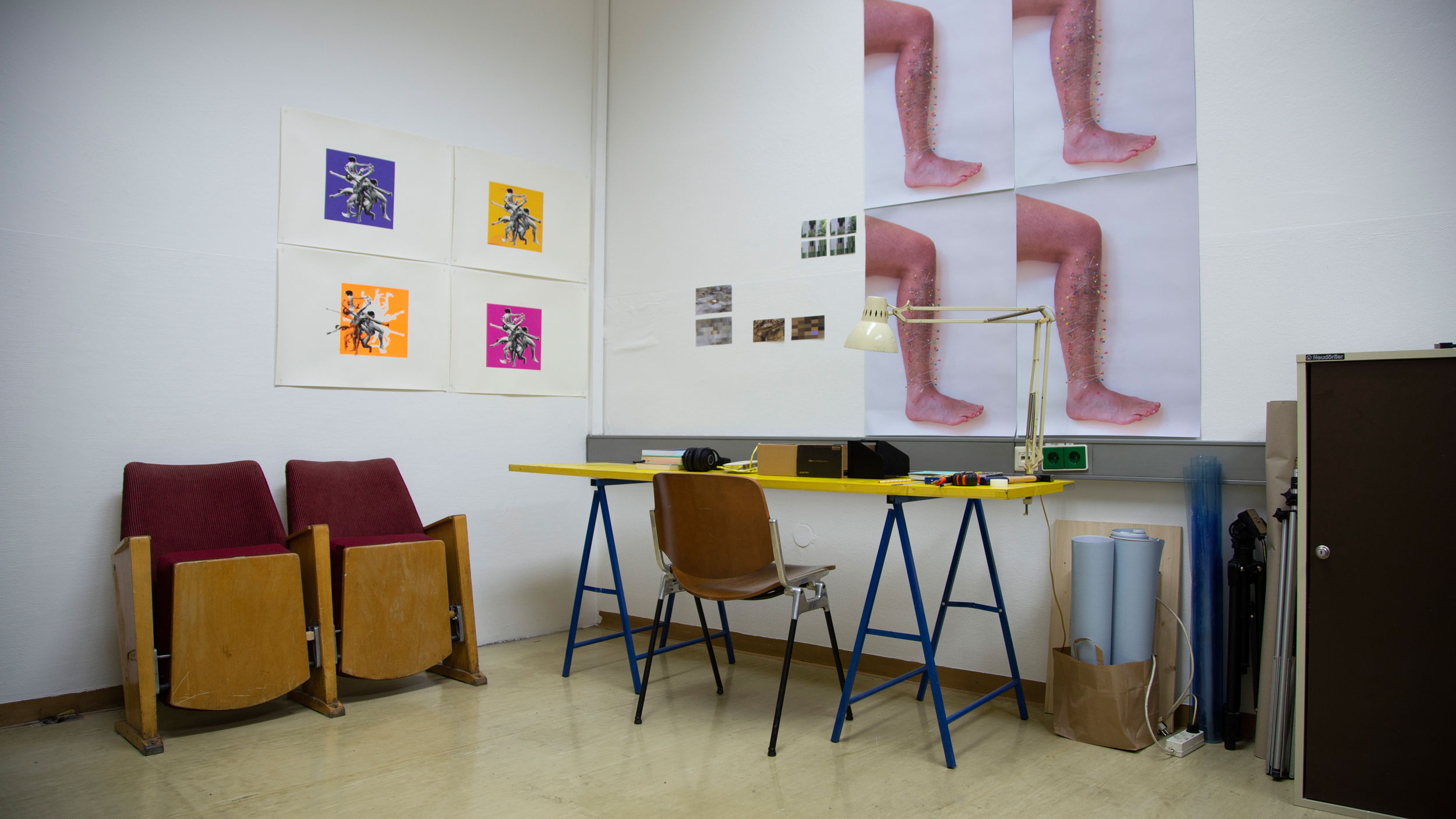
Why focus on the vacuum cleaner, specifically?
For Erol, the vacuum is not only an important household appliance, but also an emblem of the subtle ways in which social and power relations are constructed and embedded in our immediate surroundings: “When I read the instructions I thought: ‘Wow, how is it possible that we have such dictatorial language in our homes?’ For example, it refers to disabled bodies and children – who can use the vacuum and who cannot.”
Thinking about what such a text, found in the home, could be used for, she decided to reconstruct it: “It was very important for me to think through this text as a basis for the everyday world.” In this way, the language and mechanisms at work also negotiate the relationship between public and private spaces, and encounters between body, space and object.
The figure, whose shadow is projected against a cloth backdrop, becomes so abstract at times that distinctions between body and appliance begin to dissolve – the vacuum appears as an extension of the body, a limb, changing its form. This reconstituting of bodies occurs within a flexible space – an ever-shifting virtual room is projected onto the fabric, in a way mirroring its fluidity and texture. A grid and vectors give shape to this unstable, ambiguous space – visualizing a “semiotic net”. At times, the changing perspective also seems to react to the movements of the vacuum cleaner, being pulled and pushed, repositioned accordingly. In tandem with the back-and-forth motion of the vacuum cleaner and the accompanying sway of the body, a system of mutual influence and disturbances is performed. The voiceover, meanwhile, details safety instructions, meandering into commentary, for example, on the exchange value of domestic labor, noting “marxism and feminism may not have entered into a happy relationship.”

Ezgi Erol, Interwoven Images
In the process, the everyday task of vacuuming is rendered absurd – a familiar home appliance and ritual are made strange – by highlighting the absurd nature that already exists but might otherwise go unnoticed. Underlining the linguistic power of a standard text found in the home, sexist and ableist structures and social norms are made visible and unravelled, as the linearity of the digitally rendered space is continually undone and reconstructed. The voiceover explains in a deceptively matter-of-fact tone: “…machines were created to give people the feeling of normality.”
Erol herself is the performing figure in the video, and, as we watched and discussed it in her studio, the performative dimension seemed to be echoed by a set of old theatre seats from the Kosmos Theater. Placed at an angle towards the center of the room, they stood partially unoccupied – without an audience – as we enacted our own performance of sorts: a studio visit ritual.
Though manifesting in a different way, a performative element also emerges in her current project, ‘Interwoven Images’, which materializes in a few small printouts hung on the wall in one corner of the studio, alongside a series of screen prints and several copies of the poster from ‘Invulnerable’ (2018) – part of an intervention in public space.
‘Interwoven Images’ is an in-progress video work that presents different levels of abstraction, reconfiguring spaces through disembodied performative gestures. The work looks at ways of reconstructing memory – social, collective – in the context of migrants’ and refugees’ experiences of both devastated and intact landscapes, and what these landscapes mean for those who have fled places destroyed by war. Mostly still, close-up shots of sites in Austria are to be placed alongside an alternative view of the same: the video images distilled to shifting geometric patterns reflecting the scene’s dominant colors. The largely nondescript landscapes feature small interventions by Erol: a sliver of sun shining through a crack in a bridge caught at the exact right moment; a gold teapot set upon the rocks, partially submerged by flowing water; a mirror, also placed in water, reflecting the image of a clock’s blue face. In the process, these sites become memorialized by the everyday objects and encounters that have been presented there, like monuments.
This work and the politics of memory more broadly are what currently occupy Erol’s practice, as well as questions around situating research as an artistic discipline. This, of course, takes place alongside her PhD research on the relationship between the contemporary art world and the arms industry, and her editorial work for MIGRAZINE – Online Magazine by Migrant Women for Everyone, which has just wrapped up its latest issue.
